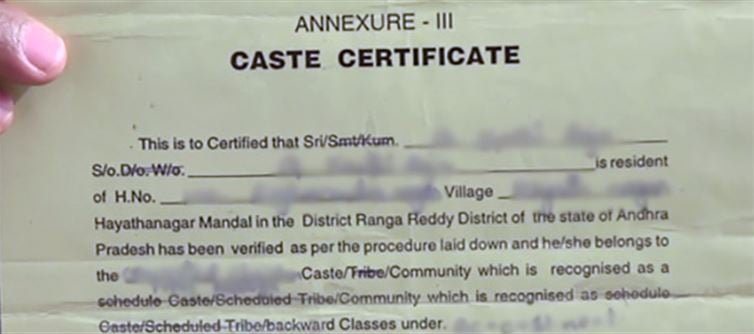
India’s reservation system began as an instrument of justice — a temporary mechanism to correct centuries of exclusion.
Seventy-five years later, it has become one of the country’s most politically explosive and emotionally divisive issues.
What was meant to uplift the disadvantaged is now a permanent pillar of power and vote-bank politics, often trapping the very people it was designed to empower.
🔍 1. The Original Promise — Social Justice, Not Political Capital
A reservation was never supposed to last forever. It was envisioned as a 10-year corrective measure, reviewed periodically to ensure equality of opportunity.
But successive governments turned it into a political currency, expanding quotas every election cycle without investing in education, jobs, or social mobility.
⚙️ 2. Meritocracy vs. Equity — The System That Punishes Both
India’s policy debate has hardened into extremes — one side cries “merit,” the other “justice.”
The result? Neither gets served.
Bright students from every background feel alienated; genuine beneficiaries remain trapped in under-resourced schools and rural economies.
A reservation without empowerment is a ladder placed in the wrong direction.
💰 3. When Quotas Replace Reforms
Instead of fixing schools, universities, or job creation, governments take the shortcut — announce new quotas.
It’s an easy headline, a guaranteed vote bank, and zero accountability.
Meanwhile, India’s workforce remains deeply unequal and under-skilled, with policy focus shifting from productivity to populism.
🧠 4. The Policy Rot — No Exit Plan, No Review
Unlike every other welfare program, the reservation has no sunset clause.
There’s no periodic review to check who still needs support and who’s already benefited.
Without data-driven audits, the system becomes a hereditary entitlement rather than a targeted upliftment.
🧨 5. The Real Divide — Urban vs. Rural, Educated vs. Uneducated
Ironically, the worst-off citizens — landless labourers, rural artisans, slum dwellers — still struggle to access benefits.
They lack paperwork, awareness, and political clout.
Meanwhile, the well-connected elite within every community reaps the rewards generation after generation.
That’s not social justice; that’s social stagnation.
⚔️ 6. Political Parties and the Perpetual Vote Bank
Every election, promises of new quotas surface like clockwork.
From OBC expansions to economic reservations, the arithmetic of votes trumps the ethics of equality.
Reservation has become a tool to divide, not unite, and the conversation around genuine reform gets buried under outrage and tokenism.
🧾 7. The Way Forward — Reform, Don’t Revoke
Ending the reservation isn’t the solution; reforming it is.
India needs:
Periodic review commissions to assess who still needs support.
Economic + educational criteria, not just social identity.
Sunset clauses to phase out benefits once parity is achieved.
Investment in quality public education — the real equaliser.
Without these, we’re merely painting cracks instead of rebuilding the wall.
💬 CONCLUSION:
Social justice was supposed to be a bridge — not a border.
If we keep turning affirmative action into political ammunition, we’ll keep producing resentment instead of reform.
India doesn’t need to abolish reservations; it needs to restore its original purpose — opportunity for those left behind, not privilege for those already ahead.




 click and follow Indiaherald WhatsApp channel
click and follow Indiaherald WhatsApp channel